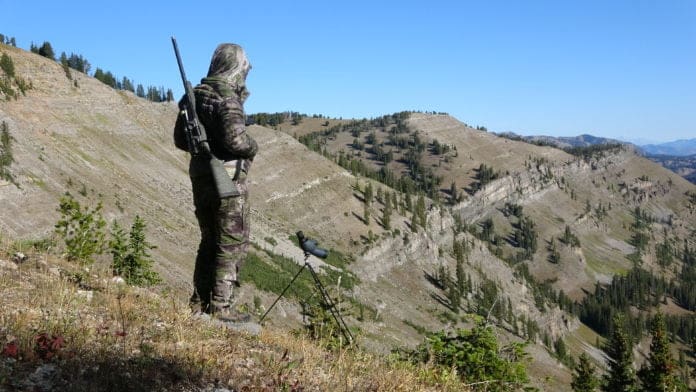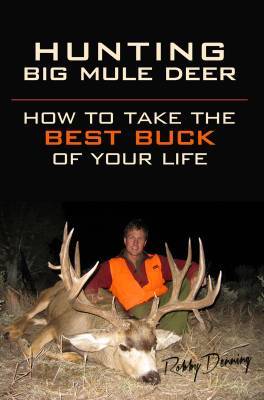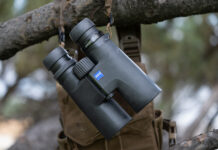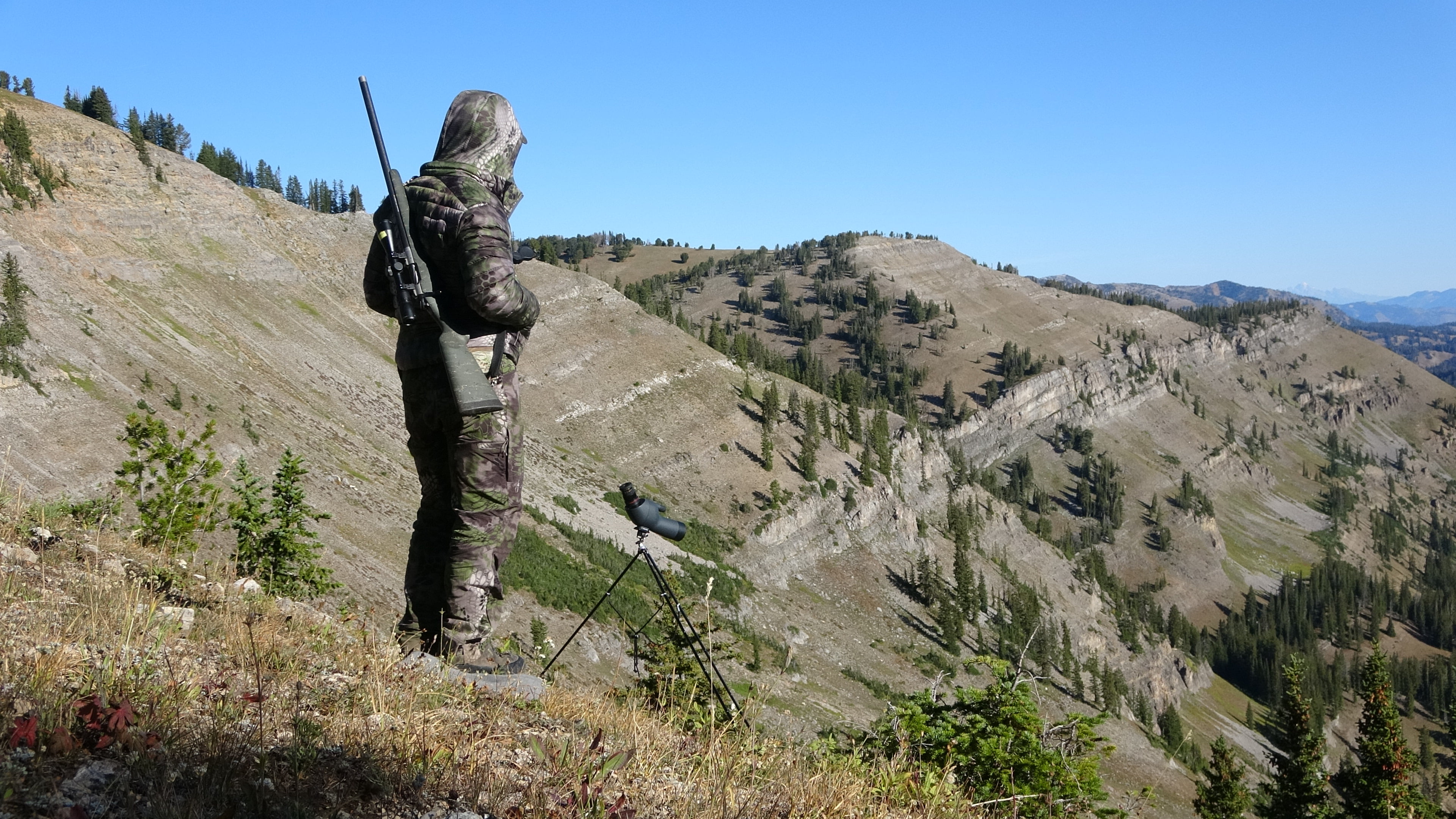 I have a long history of matching glass to the hunt I’m on. I don’t like being over-glassed any more than I like being over-gunned. Sure, if you only own one spotting scope and it’s heavy, you gotta roll with it. But think about this: What if you could save pounds in your spotter and not leave critical performance on the table? If you’re open-minded enough to consider that thought–and budget allows–then read on about the little Nikon Fieldscope 13-30×50 (product link here)
I have a long history of matching glass to the hunt I’m on. I don’t like being over-glassed any more than I like being over-gunned. Sure, if you only own one spotting scope and it’s heavy, you gotta roll with it. But think about this: What if you could save pounds in your spotter and not leave critical performance on the table? If you’re open-minded enough to consider that thought–and budget allows–then read on about the little Nikon Fieldscope 13-30×50 (product link here)
A Little History
I bought my first spotting scope in 1991, a 20×50 Leupold compact spotter. It was OK performance for the era, and I learned the effectiveness of long-range glassing over the next 12 years using that spotter. If you’ve ever read my book “Hunting Big Mule Deer,” you should remember my chapter “Extreme Long Range Glassing.” That big buck I spotted at four+ miles was through that old Leupold, so I know it was sufficient. It weighed in the 20oz range and took little space in my pack.
I’m afraid it spoiled me when it came to packing ultra-light glass. Why? Because later when I advanced to better (much better) performing scopes, running everything from Swarovskis to Zeiss, I begrudged their weight and bulk on some hunts. Their performance was many many grades above that old spotter, but weighing in the 40+ oz. range and well over a foot long, they constantly reminded me they were in my pack, along with the heavier tripods it took to run them.
Even as my spotter inventory grew, I still found myself packing along that old Leupold on certain hunts. Many of the bucks I hunt are prescouted, and/or I’m hunting in very familiar areas where I know exact spots where bucks are likely to be. I found the big spotters were really overkill for identifying bucks at under two miles, which is often the case if I’m hunting familiar bucks/country. I need the big glass when I’m new to an area and am looking at big chunks of mountain ranges for unknown bucks in unknown country. That is often during scouting season, or rut hunts, but once the season opens, I can often get by with smaller glass, saving myself weight and bulk. Add to this the benefit that once you go with a light spotter, you can also run a compact tripod, saving you even more weight.
Maybe you have no interest in hunting this way. No hard feelings, just click off this page and find another Rokslide article that fits your style better. But if you want to have the option to go ultra-light on your glass, read on.
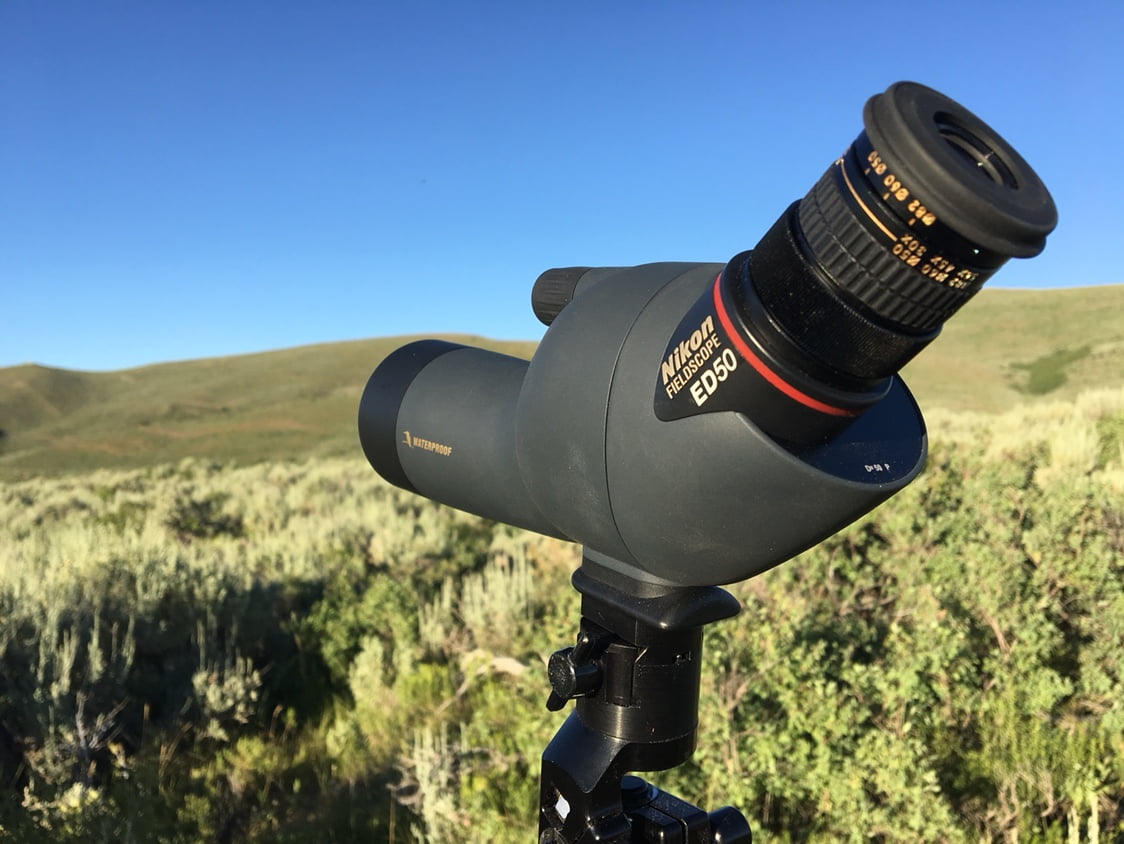 The Nikon Fieldscope 50mm ED
The Nikon Fieldscope 50mm ED
The Nikon Fieldscope is not new to the market. It’s been around for years and has been very popular among the bird people. Why do we care about bird people? There are piles of them around the world and they run a lot of glass. I learned a long time ago from our optics writer, Matt Cashell, to listen to this crowd.
The Nikon Fieldscope ED is available in both angled and straight body. I chose mine in angled as it adds few inches of tripod height, another way to shave weight. Once you get used to angled scopes, you can’t argue against their comfort when compared to straight scopes. The high point of the Nikon Fieldscope is it’s weight at 16.6 ozs (not including the eyepiece).
The Nikon 50mm is available with multiple eyepieces (see graphic or click here).
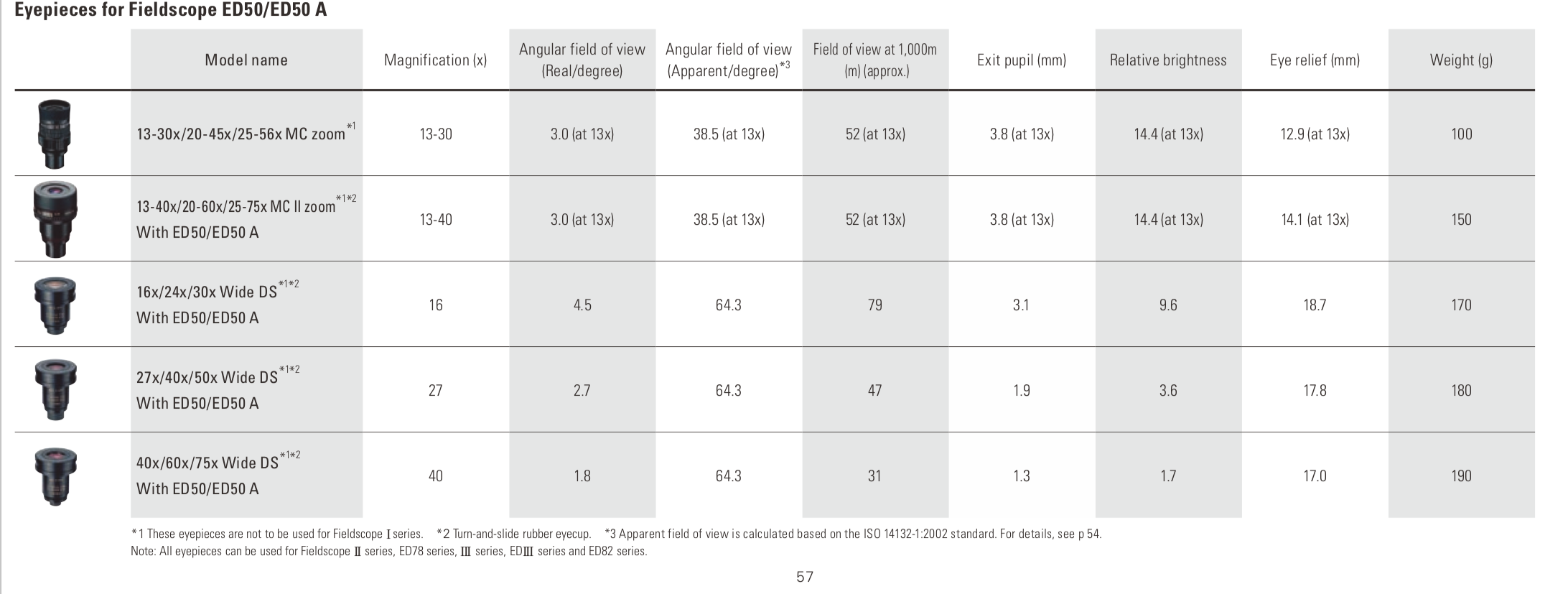
These include the 13-30x Zoom, 13-40x Zoom, 27x Wide DS (DS = digiscoping), and 40X Wide DS.
I chose the 13-30x as that is a good match to the 50mm objective. Higher magnification comes at a cost and choosing higher power eyepieces is going to limit FOV and light transmission at the highest power. I’ve found that too many users don’t consider this trade-off until they’re on the mountain trying to figure out how to get the buck in the scope, or why the image is so dark at the edges of light. To me, the 13-30x is a good trade-off (I also run an 8x binocular for these same reasons,) but ultimately it gets down to personal preference.
Adding the 5.3 oz eyepiece put my total spotter weight at 21.9 ozs, around half to one-third the weight of many of the leading spotters.
The Scout and the Hunts
For my summer scouting, I used big glass, I mean big glass (BTX review here,) to scout the nearly 50-mile long mountain range I’d be hunting come season. Once I found a target buck (a really heavy, good-framed buck with a big cheater on his left G2), I left all that weight and bulk of the BTX locked in the safe, and put the Nikon Fieldscope ED with compact tripod into my daypack.
On the 17-day hunt for that big buck, my partner packed along his trusty Swarovski 20-60x65mm ATS at nearly 49 ozs. No denying, that is a great scope. However, the area we hunted didn’t require more than about 1.5 miles of glassing. I saw every deer he did, but at a weight savings measured in pounds.
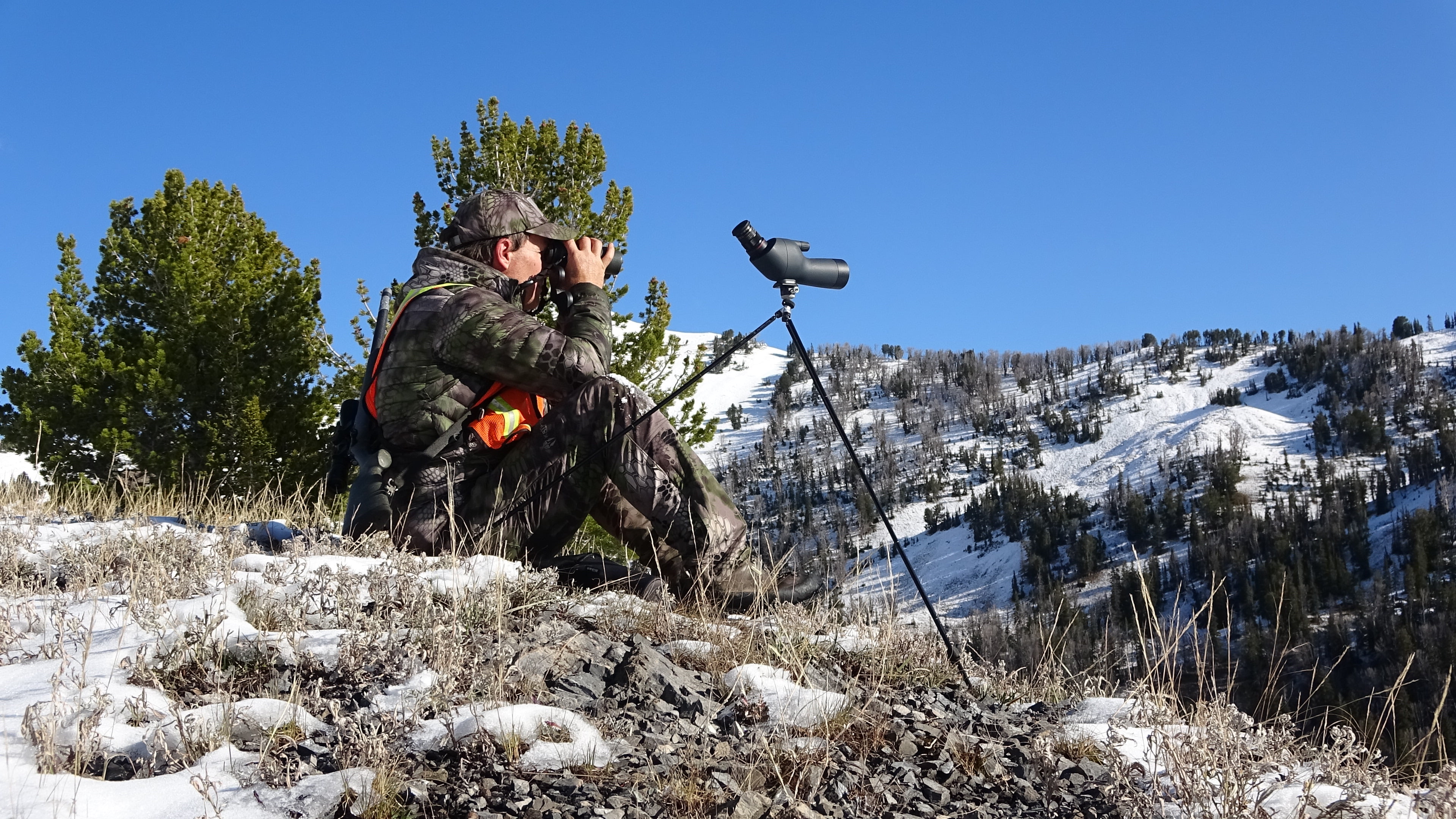 Come October, I was in the lower sage country hunting different bucks. On the days I was hiking and hunting in familiar country, the Nikon Fieldscope ED was back in my pack and I hardly longed for more. It was even sufficient for glassing some bucky hillsides at up to several miles.
Come October, I was in the lower sage country hunting different bucks. On the days I was hiking and hunting in familiar country, the Nikon Fieldscope ED was back in my pack and I hardly longed for more. It was even sufficient for glassing some bucky hillsides at up to several miles.
Now 24 hunting days into the 2019 season, I don’t feel I’m lacking as long as I’m using the scope in the situations described above.
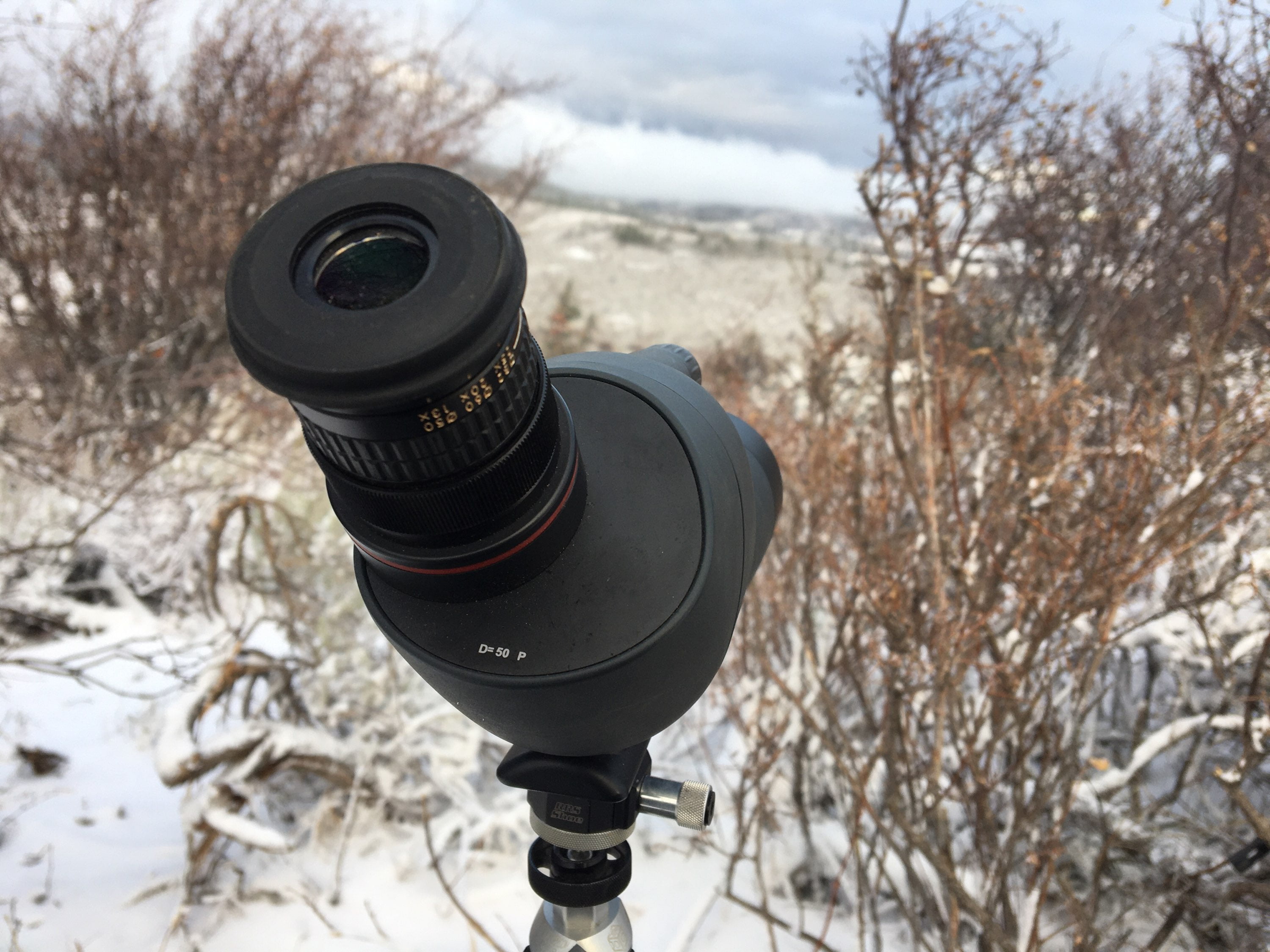 Performance Criteria
Performance Criteria
Personally, I test my optics in up to nine different performance criteria, including FOV, depth-of-field, resolving power, low-light transmission and more. If you want to see how this little Nikon Fieldscope ED stacked up, here’s a 6-minute video where I compared it to a leader in the field of compact scopes.
While the Nikon only beat the Maven in three criteria–depth-of-field, weight, and price–it still ended up in my pack as the 13oz weight savings negated the thin difference in performance between the two scopes, to me.
You’ll need to give yourself some time to get used to the smaller FOV, and the angled body if that is what you choose. Also remember that just because you focus it at 13x, doesn’t mean you won’t have to add some fine focus at the 30x. This is something I’ve noticed in other variable power scopes.
The only true problem I had with the scope is the rubber eye cup is already cracked. I’m sure this is due to folding it back in single-digit temperatures.
Summary
While the Nikon Fieldscope 13-30×50 (product link here) is not for everybody, and I don’t want to hold it out as seriously competing with top-tier glass performance, it fills a niche for the ultra-light hunter or the hunter who wants to match the optic to each particular hunt. That’s why you’ll find it in my pack for many hunts. Our friends at Camera Land stock both the angled and straight scopes here
If you’d like to discuss this scope further, you can ask Robby questions or read other Rokslide members’ experiences here
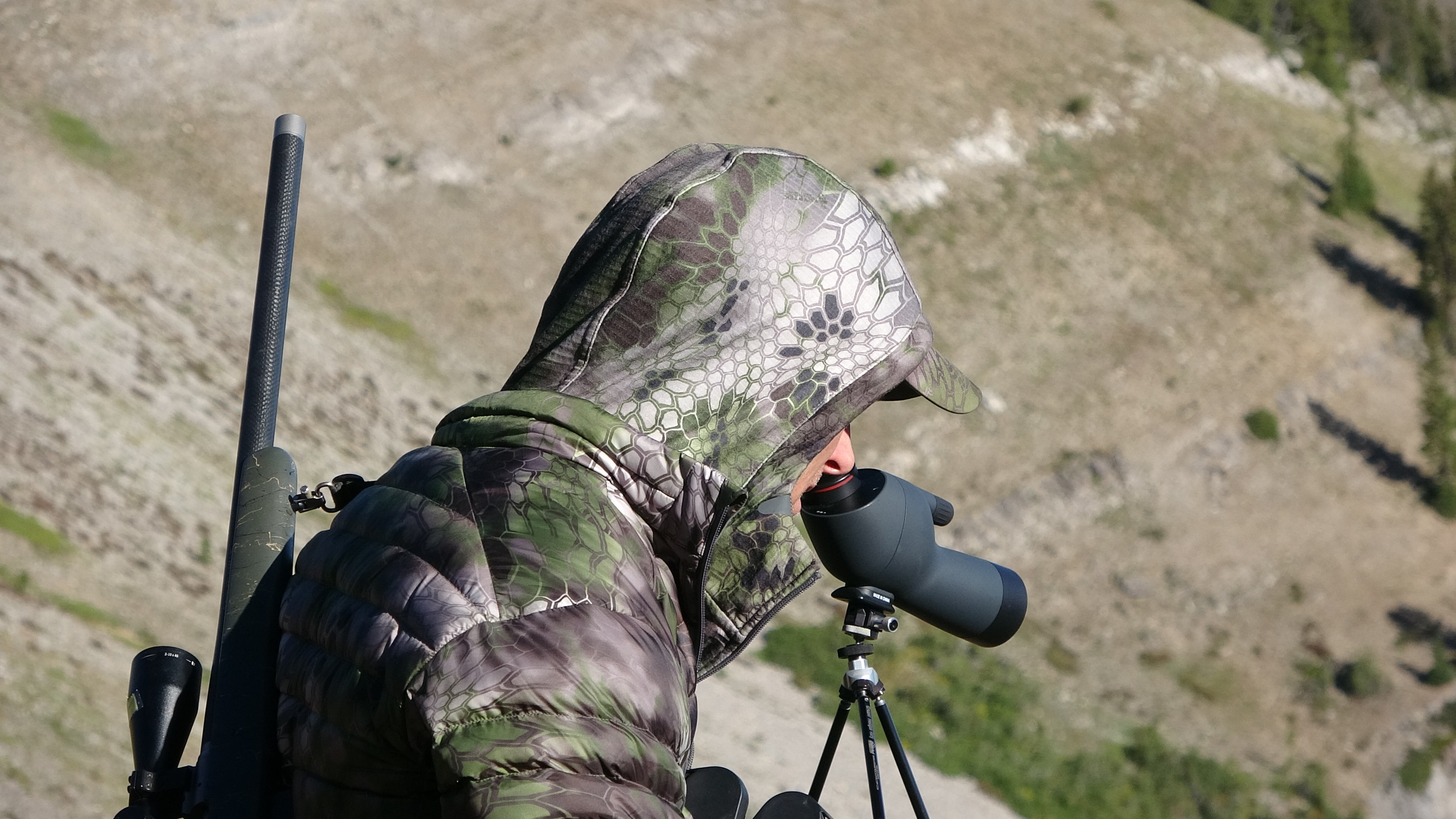
Read more about all-things-mule-deer-hunting in my book, Hunting Big Mule Deer. Signed copies are available in the Rokslide store, or you can go Amazon for faster delivery.














